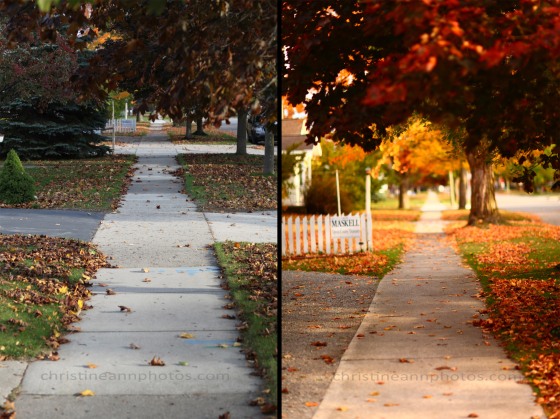This blog is specifically dedicated to showing images straight from the T2i + 50mm lens. This is the combo I used for a few years before upgrading to the Mark II 5D + 85mm 1.2L lens. I got the upgrade about 2 years ago (a little less..) and have barely touched my T2i since (though I do still use the 50mm sometimes). I picked up my T2i for the first time in a couple years and was surprised by how much better of photos I could get off it than I was ever able to before. I could not have intentionally gotten as clear and nice of photos (though I did get some lucky ones!) when I used this combo about 2 years ago. The equipment didn’t change, but I have :). And I speculate if I pick it up in 2 more years they’ll be even better. This isn’t to say you can’t get “nicer” photos on nicer equipment, but I recently compared photos from the Mark II 5d + 85mm 1.2L lens to photos on the Mark II 5D + 50mm 1.8 lens to photos on the T2i + 50mm 1.8 lens (IE: $3,000 camera + $2,000 lens to $3,000 camera + $100 lens to $700 camera + $100 lens) and the results were not all that different from one another. I was incredibly surprised! You can see the image comparisons here: https://christineannphotos.wordpress.com/2013/10/20/photos-taken-with-canon-rebel-t2i-50mm-1-8-lens/ keeping in mind they are unedited and you need to click them to see the full detail of each photo.
The point in all this is that if your photos are out of focus or not sharp it is almost definitely you and not your equipment. I read a post from someone who has sent back the same 50mm 1.8 lens used in this blog post 2 times, got it a third time and was wondering if she should send it back again or get a different lens all together. I can assure everyone it was not the lens any of those 3 times, it’s a lack of understanding how to use your camera and how/where to pose people and why. You can give an artist crappy supplies and they can make something beautiful; you can give someone who is not an artist high end supplies and they will not be able to do much with it. Focus your energy on practicing, improving, and learning how to use the equipment you have and how to edit. My one piece of advice regarding equipment is that the kit lens is junk and if you only own a kit lens, it’s time to at least upgrade to the 50mm 1.8.. it is around $100 and you will see a quality improvement! That is one thing my test shots did show.. a noticeable difference in quality regarding the kit lens to 50mm lens. Anyway these are some images I have gotten off the T2i in the last couple months (most being from the last few days specifically for some blogs I want to do on starter equipment) they are unedited and I could further improve them by doing some editing 🙂 but then you wouldn’t know what is due to the equipment and what is due to the editing so I will leave them alone.
Unedited images from the T2i + 50mm lens *CLICK EACH IMAGE FOR FULL DETAIL*:

*Click images for full detail.. the thumbnails look fuzzier than they are*.

*Click images for full detail*

*Click images for full detail*

*Click images for full detail*.

*Click images for full detail.. the thumbnails look fuzzy*.

*Click images for full detail*.

*Click images for full detail*.
*Click images for full detail*.

*Click images for full detail*.
-Christine Ann
Christine Ann Photography Web Site
Christine Ann Photography Facebook





